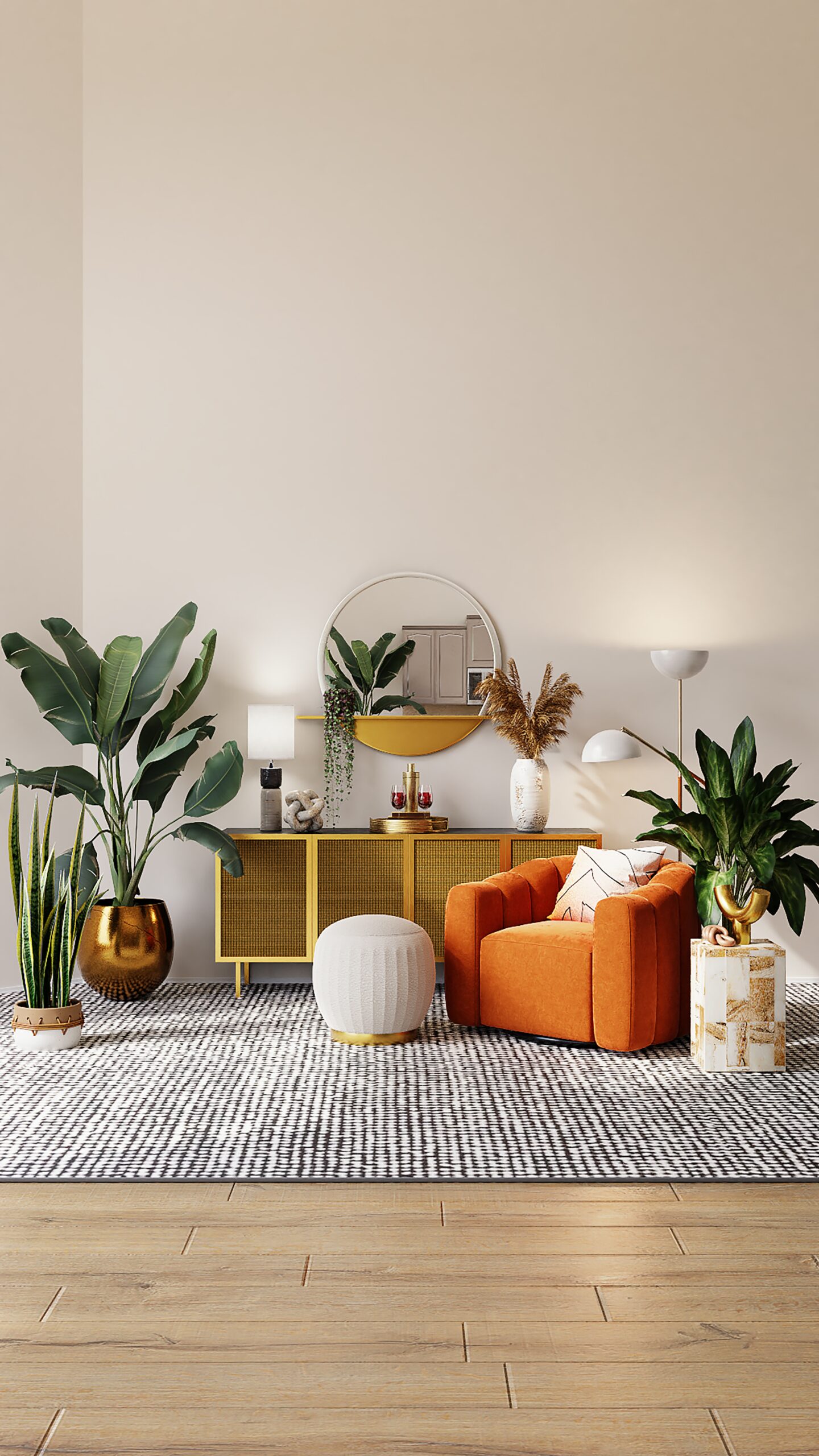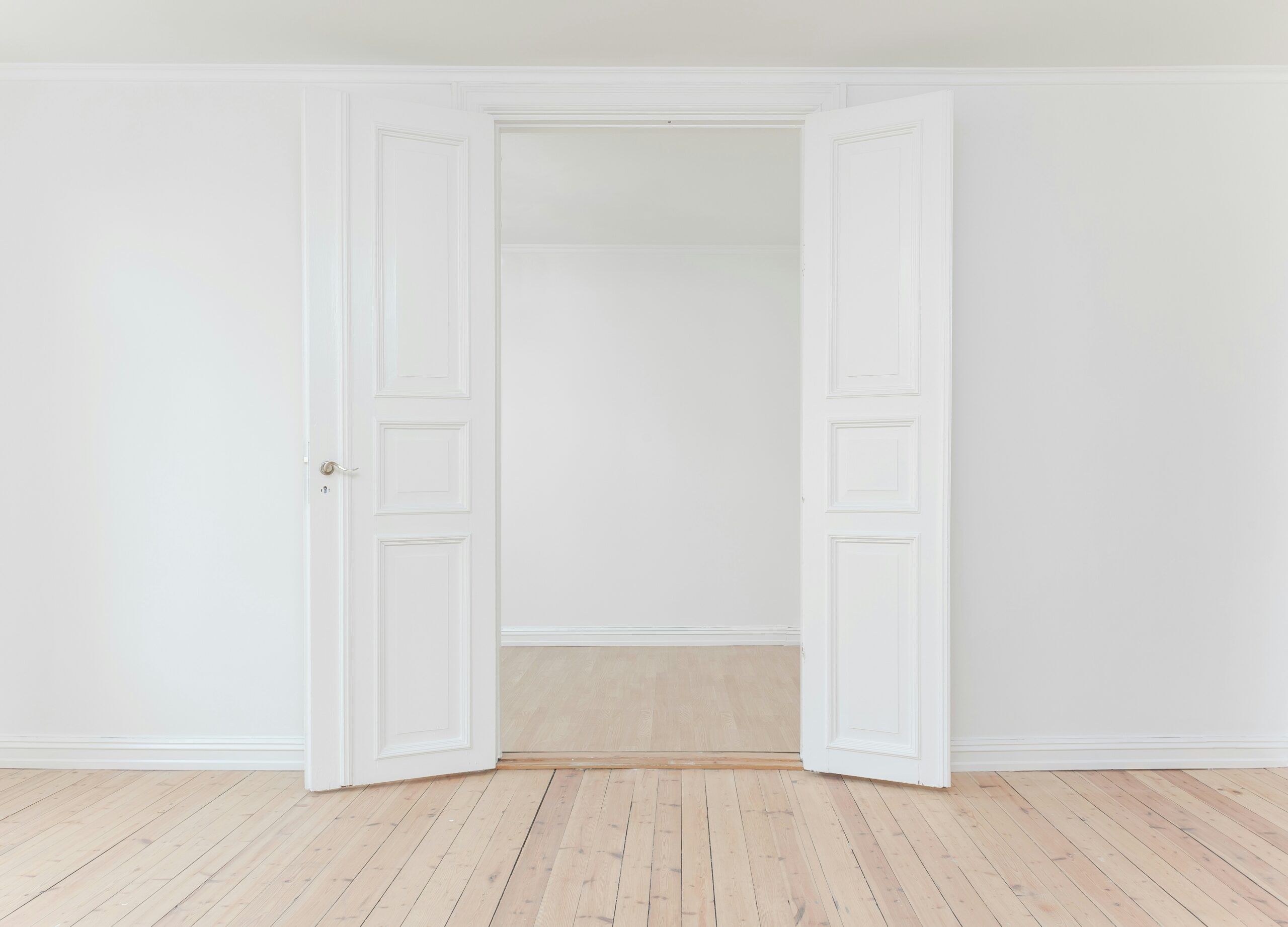One common approach that interior designers use to determine their fees is an hourly rate. In this pricing model, the designer charges an hourly fee for their time and expertise. The rate can vary depending on the designer’s level of experience and the complexity of the project. For example, a more experienced designer may charge a higher hourly rate compared to a designer who is just starting out. This pricing structure is often used for smaller projects or for clients who prefer to have more control over the design process.
Another approach that interior designers may use is a flat fee or fixed rate. In this pricing model, the designer charges a predetermined fee for the entire project. The flat fee is usually based on the estimated number of hours that the designer will spend on the project, as well as any additional costs such as materials or furniture. This pricing structure is often used for larger projects or for clients who prefer to have a clear understanding of the total cost upfront.
In addition to the hourly rate and flat fee, some interior designers may also charge a percentage-based fee. This pricing model involves charging a percentage of the total project cost. The percentage can vary depending on the designer’s experience and the complexity of the project. For example, a designer may charge 10% of the total project cost for a simple residential project, while they may charge 15% for a more complex commercial project. This pricing structure is often used for projects with a larger budget, as it allows the designer to be compensated based on the overall value of the project.
It’s important to note that the pricing structure for interior design services can also include additional charges such as travel expenses or purchasing fees. Travel expenses may be incurred if the designer needs to visit the project site or meet with clients in person. Purchasing fees may be charged if the designer is responsible for sourcing and purchasing materials, furniture, or accessories for the project.
In conclusion, the pricing structure for interior design services can vary depending on factors such as the scope of the project, the designer’s experience, and the overall budget. Whether it’s an hourly rate, flat fee, or percentage-based fee, it’s important for clients to have a clear understanding of the pricing structure and any additional charges that may be involved. By understanding how interior designers price their services, clients can make informed decisions and ensure that they are getting the best value for their investment in their interior design project.
Fee Proposal Based on Budget
Interior designers typically put together a fee proposal for their services, which is based on the overall budget for your project. This means that the fee charged by the designer is directly influenced by the amount of money you are willing to invest in your interior design project. The idea behind this approach is that the designer’s fee should reflect and align with the overall budget, ensuring that you receive the level of service and expertise that matches your investment.
As a general rule of thumb, interior designers often charge a percentage of the total project budget as their fee. This percentage typically falls around 10%, although it can vary depending on the complexity and scale of the project. Using a percentage as a guideline can be helpful for both the designer and the client, as it provides a clear framework for determining the fee.
However, it is important to note that the fee proposal is not solely based on the project budget. There are other factors that designers take into consideration when determining their fee. These factors include the scope of work, the level of expertise required, and the timeline of the project. For example, if the project requires extensive research and customization, the fee may be higher than the standard percentage. Similarly, if the project has a tight deadline and requires the designer to work overtime, an additional fee may be charged to compensate for the extra effort.
Furthermore, some designers may offer different fee structures depending on the services they provide. For instance, they may have a separate fee for design concept development, project management, and procurement. This allows clients to choose the services that best fit their needs and budget.
In addition to the percentage-based fee, designers may also charge for additional expenses incurred during the project. These expenses can include travel costs, purchasing materials and furnishings, and hiring contractors or subcontractors. These costs are typically outlined in the fee proposal and are discussed with the client before the project begins.
Ultimately, the fee proposal based on the budget serves as a transparent and fair way for both the designer and the client to establish the financial expectations of the project. It ensures that the designer’s expertise and services are appropriately compensated while providing the client with a clear understanding of the costs involved in their interior design project.
Factors Affecting Pricing
While the percentage-based fee structure is a common approach, it is important to note that there are several factors that can influence the pricing of interior design services. These factors include:
- Scope of the Project: The size and complexity of the project can have a significant impact on the fee charged by the interior designer. A larger project with multiple rooms or a more intricate design plan may require more time and resources, leading to a higher fee.
- Experience and Expertise: Interior designers with more experience and expertise in the field may command higher fees. This is because their knowledge and skills are often in greater demand, and they can offer a higher level of design expertise and creativity.
- Location: The location of the project can also play a role in pricing. Interior designers working in major cities or high-end markets may have higher fees compared to those in smaller towns or less competitive markets.
- Additional Services: Some interior designers may offer additional services beyond the basic design work, such as project management or procurement of materials and furnishings. These additional services can add to the overall fee.
- Client Budget: The budget of the client can also influence the pricing of interior design services. If a client has a limited budget, the interior designer may need to adjust their fee accordingly or find creative solutions to meet the client’s needs within their budget constraints.
- Timeline: The timeline of the project can also impact pricing. If a client requires a quick turnaround time or has a tight deadline, the interior designer may need to allocate additional resources or work overtime, which can result in a higher fee.
- Market Demand: The demand for interior design services in a particular market can also affect pricing. If there is high demand and limited supply of interior designers, they may be able to command higher fees. Conversely, in a saturated market with many interior designers competing for clients, fees may be more competitive.
- Client Requirements: The specific requirements and expectations of the client can also influence pricing. If a client has unique or specialized needs that require additional research, customization, or expertise, the interior designer may need to charge a higher fee to accommodate these requirements.
Overall, pricing for interior design services is a complex and multifaceted process that takes into account various factors. It is important for both the interior designer and the client to have open and transparent communication about these factors to ensure a fair and mutually beneficial pricing structure is established.
One of the key benefits of hiring an interior designer is their expertise in space planning. A professional designer has a deep understanding of how to optimize the layout of a space to maximize its functionality and flow. They can assess your needs and lifestyle to create a design that not only looks great but also works for you.
Furthermore, interior designers have a keen eye for aesthetics. They are skilled at selecting colors, materials, and furnishings that complement each other and create a cohesive and visually pleasing environment. They can help you choose the right color palette for your space, select the appropriate furniture and accessories, and create a harmonious balance between different design elements.
In addition to their design skills, interior designers also have access to a wide range of industry resources. They have relationships with suppliers, contractors, and other professionals in the field, which can be extremely valuable when it comes to sourcing materials and managing the execution of your project. They can recommend trusted vendors, negotiate prices on your behalf, and ensure that the work is done to the highest standards.
Moreover, a well-designed space can have a significant impact on your well-being and overall quality of life. A cluttered and disorganized environment can be stressful and overwhelming, while a thoughtfully designed space can promote relaxation and productivity. An interior designer can create a space that reflects your personality and meets your specific needs, whether it’s a cozy living room for family gatherings or a functional home office for remote work.
Finally, hiring an interior designer can save you time and money in the long run. They have the expertise to avoid costly mistakes and make informed decisions that will benefit your project. They can help you set a realistic budget, prioritize your needs, and make the most of your available resources. By investing in their services, you can ensure that your project is completed efficiently and within your desired timeframe.
In conclusion, while the cost of hiring an interior designer may initially seem like a significant investment, the value they bring to your project is undeniable. Their expertise in space planning, aesthetics, and industry connections can help you create a beautiful and functional space that enhances your well-being and quality of life. So, if you’re looking to transform your space into something truly special, consider enlisting the services of a professional interior designer.
Other Pricing Models
While the percentage-based fee structure is commonly used, it is not the only pricing model employed by interior designers. Some designers may charge an hourly rate for their services, especially for smaller projects or consultation work. This hourly rate can vary depending on the designer’s experience and location.
Another approach is a fixed fee, where the designer provides a set price for the entire project based on the scope of work. This can be beneficial for clients who prefer a clear and predetermined cost for their project, as it eliminates any uncertainty regarding the final fee.
In addition to these pricing models, there are also designers who offer a combination of both hourly rates and fixed fees. This hybrid model allows for flexibility in billing, with certain aspects of the project being charged at an hourly rate and others at a fixed fee. This can be advantageous for clients who have a project that requires a mix of services, such as design consultation and project management.
Furthermore, some interior designers may offer package deals or tiered pricing options. These packages are designed to cater to different budgets and project sizes, providing clients with a range of options to choose from. For example, a designer may offer a basic package that includes a design concept and material selection, as well as a premium package that includes additional services such as furniture procurement and installation.
It is important to discuss and clarify the pricing structure with your chosen interior designer before starting the project. This ensures that both parties have a clear understanding of the fees involved and can avoid any misunderstandings or surprises down the line. Additionally, it is advisable to have a written contract that outlines the agreed-upon pricing model and any specific terms and conditions.




